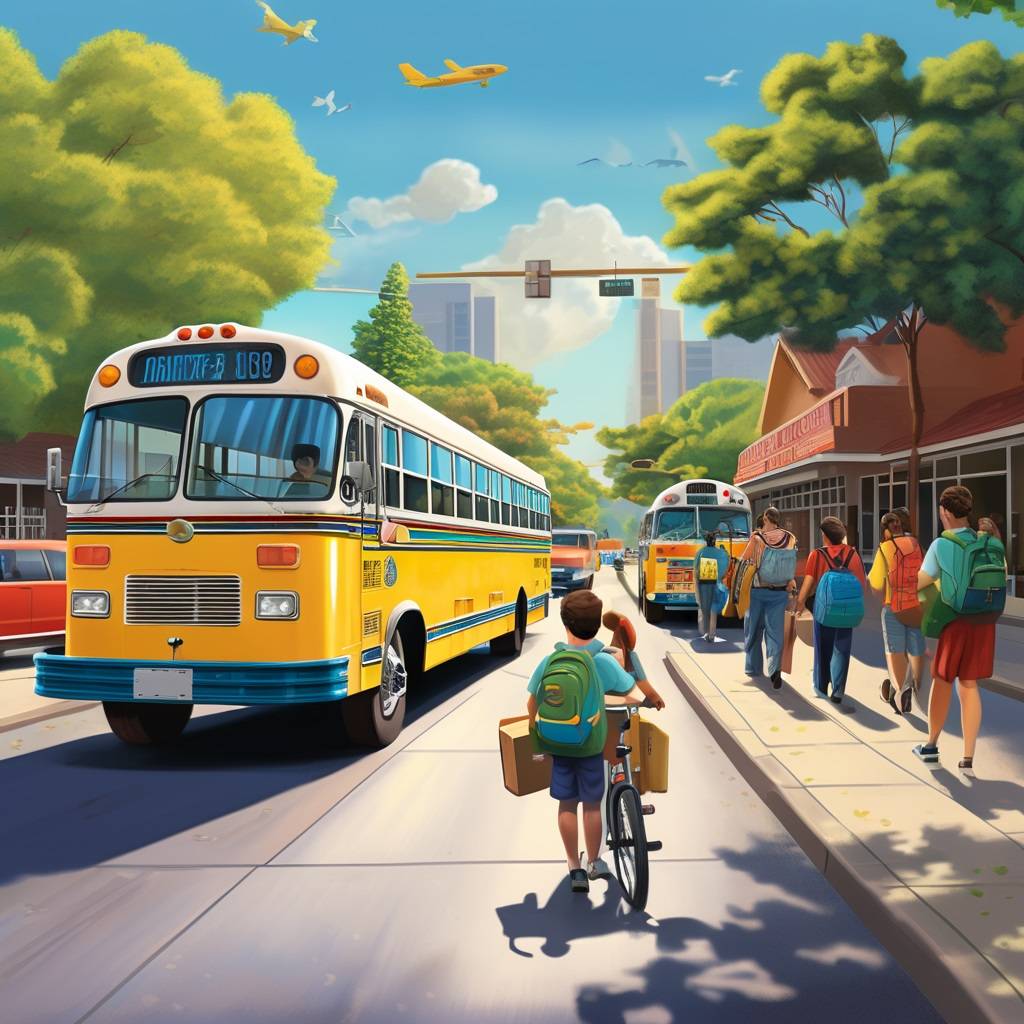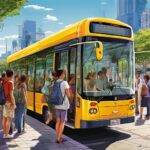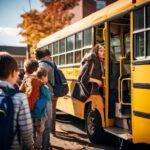The iconic yellow school bus, once a symbol of American childhood, is gradually being overshadowed by private vehicles as the primary mode of transportation for students. This shift, as reported by the Washington Post, marks a significant departure from historical norms, with a majority of American students now being chauffeured to school in private cars.
In 2022, statistics revealed a notable transition in transportation habits, with 53% of students being dropped off by adults or driving themselves, while just over 33% relied on traditional school buses for their commute. This transformation signifies a departure from traditional school transportation systems, raising questions about its implications on various stakeholders.
Factors Driving the Transition
Several factors contribute to this evolving landscape. Historically, many students walked or biked to school, facilitated by the proximity of schools to residential neighborhoods. However, as noted by the Federal Highway Administration, a shift occurred as schools were increasingly situated on the outskirts of towns, where land was more affordable.
The relocation of schools necessitated transportation, leading to a greater reliance on vehicles to ferry students. This trend was further exacerbated by the COVID-19 pandemic, which prompted concerns about the safety of traditional school bus transportation. Some drivers opted out due to health considerations, while others pursued more lucrative career opportunities, such as those highlighted by data from Indeed, which indicate a high demand for drivers across various industries.
Implications and Challenges
The evolving transportation landscape poses challenges for both schools and families. With districts facing a shortage of drivers, routes are being reduced, resulting in longer commutes for students or increased reliance on private vehicles. Some districts have resorted to incentivizing parents to drive their children to school, leading to congestion and competition in drop-off zones.
This shift also raises concerns about equity and accessibility, particularly for families without access to private transportation. Students from lower-income households may face additional barriers in accessing education, further exacerbating existing disparities.
The Role of Personal Autonomy
In light of these developments, it is imperative to consider the principles of personal autonomy and individual choice. Parents should have the right to make informed decisions regarding their children’s transportation to school, weighing factors such as safety, convenience, and personal preferences.
However, the increasing reliance on private vehicles underscores broader societal trends, including urban sprawl and the prioritization of individual convenience over collective solutions. As we navigate these changes, it is essential to prioritize sustainable transportation options and invest in infrastructure that supports alternative modes of travel, such as walking, biking, and public transit.
Navigating a Changing Landscape
The evolving transportation trends for school children reflect broader shifts in society, driven by factors ranging from urban development to global pandemics. While personal autonomy should be respected, it is crucial to consider the collective impact of transportation choices on communities, equity, and the environment.
As we move forward, it is imperative to adopt holistic approaches that balance individual preferences with the broader societal good. This entails investing in public transportation, promoting active transportation options, and fostering collaboration between stakeholders to ensure equitable access to education for all students, regardless of their mode of transportation. By prioritizing sustainability and inclusivity, we can navigate the changing landscape of school transportation while fostering vibrant, resilient communities.









Leave a Reply